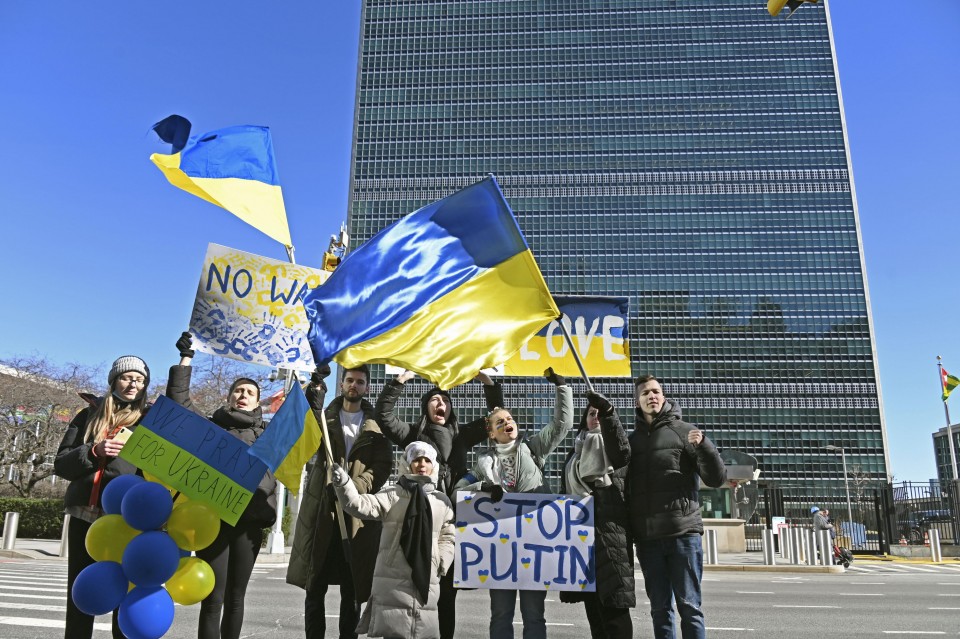[ad_1]
Under Kim Jong-un, North Korea’s arsenal has grown rapidly, especially its nuclear program and missile fleet. The expansion of the arsenal has become a growing threat to the United States and allies in the region.
Here’s what’s in it.
Nuclear warheads
North Korea has used nuclear weapons as its biggest bargaining tool, building more powerful ballistic missiles that can carry nuclear warheads. The country conducted six increasingly sophisticated underground nuclear tests between 2006 and 2017. The last four of them happened under Mr. Kim.
As of January, North Korea had 40 to 50 nuclear warheads and could produce enough fissile material for six or seven bombs a year, according to an estimate by the Arms Control Association. Mr. Kim has also said that his country plans to build a nuclear-powered submarine to deliver nuclear weapons to its adversaries more stealthily.
Long-range missiles
In 2017, Mr. Kim claimed that his country had the ability to launch a nuclear strike against the continental United States. North Korea test-fired its Hwasong-14 and Hwasong-15, the country’s first intercontinental ballistic missiles, that year. It also fired its intermediate-range ballistic missile, Hwasong-12, over Japan and threatened an “enveloping” strike around the American territory of Guam.
After 2017, Mr. Kim had stopped testing nuclear weapons and long-range missiles but threatened to end his moratorium when talks with the Trump administration collapsed in 2019.
Whether North Korea has mastered the technology needed to send an intercontinental nuclear warhead into space and then guide it back through the earth’s atmosphere to its target is still unclear. The Hwasong-17, North Korea’s largest known ICBM, was first unveiled during a military parade in October 2020, but as of Thursday it had never been tested.
Increasingly sophisticated missiles
North Korea’s short-range ballistic missile program has made big advances.
When North Korea resumed missile tests in 2019 following the collapse of the Kim-Trump talks, the tests featured three new missiles that used solid fuel, military experts said. Unlike its older missiles that used liquid fuel, these are easier to transport and hide and take less time to prepare. At least two of those missiles could also perform low-altitude maneuvers, making them harder to intercept. The North has also stockpiled thousands of tons of chemical and biological weapons agents that it can deliver with its missiles.
[ad_2]
Source link















